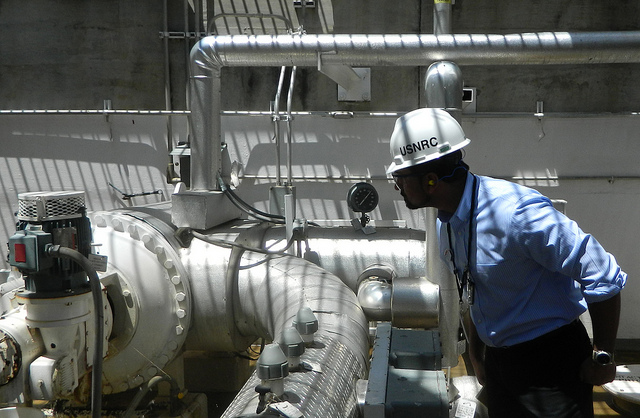Nuclear power reactor designs feature multiple diverse safety components to prevent a fuel meltdown and the release of radiation should a meltdown occur. Called defense-in-depth, these multiple barriers would all have to fail for radiation to be released. If any individual barrier was 100% reliable, the remaining barriers would not be necessary. But because neither any individual barrier nor all the barriers collectively guarantee protection, each barrier must be as effective as possible if the inherent risks are to be minimized.
The protection afforded by multiple diverse safety measures will be weakened if problems with individual safety components are tolerated rather than corrected, making it more likely that an extreme event can overwhelm all the barriers to cause disaster.
In a new series of blog posts—Disaster by Design/Safety by Intent—UCS will explore how defense-in-depth can be eroded, and how it can be enhanced.
The New Series of Posts
The series will discuss times when the designs of plants, their equipment, and their operating and maintenance procedures were found to be deficient. The series will also describe events—such as turbine failures, transformer faults, and heavy rainfall—that undermined safety. And the series will discuss times when human failures—inadequate maintenance, unresolved safety problems, miscommunications, and ineffective preparations—reduced the effectiveness of the protective barriers. Tolerating such flaws and failures is tantamount to designing for disaster.
The series will also discuss the other side of the ledger—times when the path to disaster was effectively blocked by existing barriers, when deficient barriers were pro-actively fixed, and when additional barriers were installed. Such measures make a disaster less likely and lessen the consequences of a disaster should it occur.
The goal of this series is for the Nuclear Regulatory Commission (NRC) and the nuclear industry to reduce the number of unresolved safety problems and to implement additional safety measures, thereby strengthening the barriers that guard against nuclear disaster.

